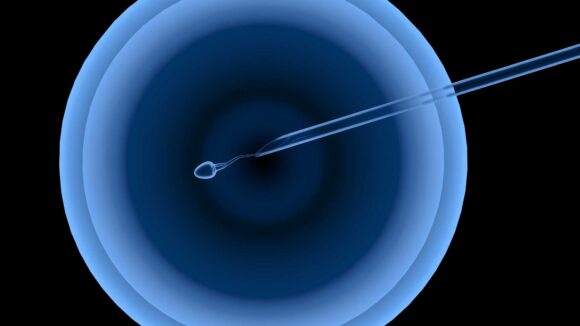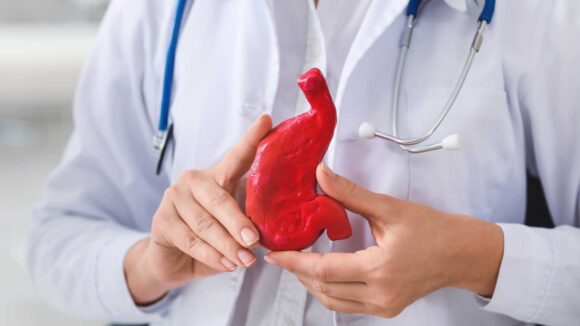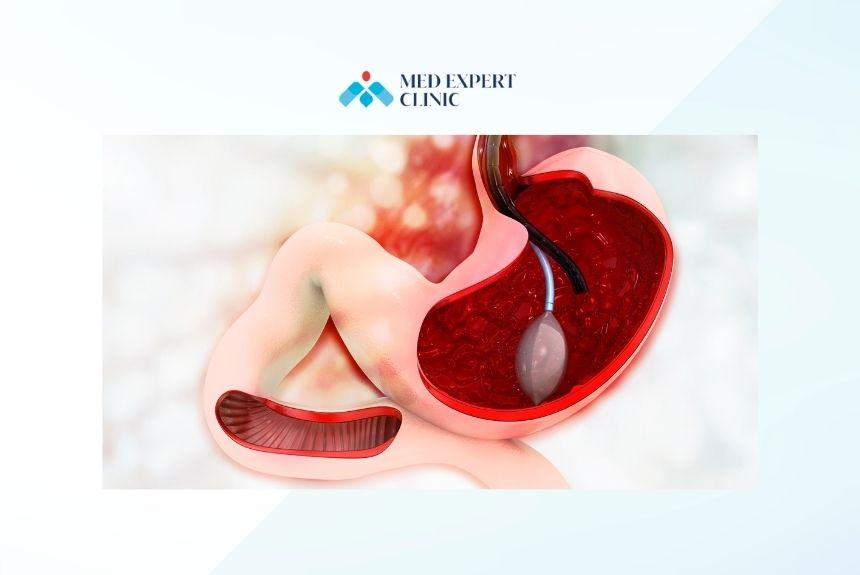Learn about the side effects of gastric balloon procedures, including nausea, pain, and acid reflux, and discover strategies to manage symptoms and ensure a safer weight loss experience.

Recent Blog Posts

Non-Surgical Option for Weight Loss: Gastric Balloon
Learn how the gastric balloon offers a non-surgical option for weight loss, helping reduce stomach capacity to control appetite. Discover its benefits, risks, and effectiveness.

Gastric Bypass Surgery Risks and How to Avoid Them
Explore the potential risks of gastric bypass surgery and essential tips to minimize complications. Learn about common challenges, long-term risks, and practical recovery guidelines to ensure a safer, more successful journey to weight loss and improved health.
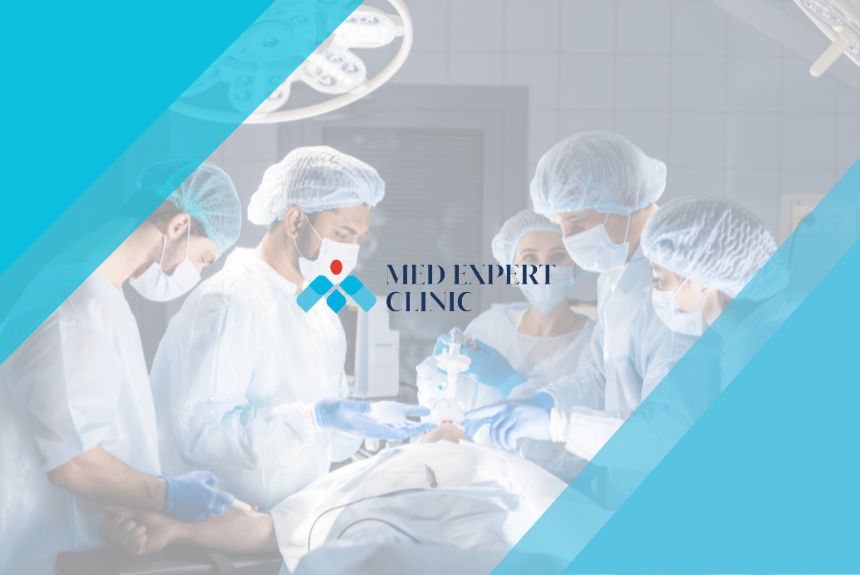
Psychological Benefits of Gastric Bypass Surgery
Explore the powerful psychological benefits of gastric bypass surgery, from improved self-esteem and reduced depression to greater emotional resilience.

Perimenopause and Menopause: What’s the Difference?
Explore the key differences between perimenopause and menopause, understand their symptoms, and discover effective ways to manage each stage for a healthier transition.

Emergency Contraception: Myths vs. Facts
Understand the effectiveness of emergency contraception, including the morning after pill and Copper IUD. Separate myths from facts and learn when and how to use emergency contraception safely and effectively.

Which Obesity Surgery is Right for You?
Explore the different types of obesity surgery, including gastric bypass, sleeve gastrectomy, and more. Discover how each procedure works, its benefits, and how to choose the best option for your weight loss journey.

The Science Behind Obesity Surgery: How It Works
Discover how obesity surgery, such as gastric bypass, transforms health by regulating appetite and hormones. Learn about the science, methods, and outcomes of weight loss surgery for sustainable weight management.
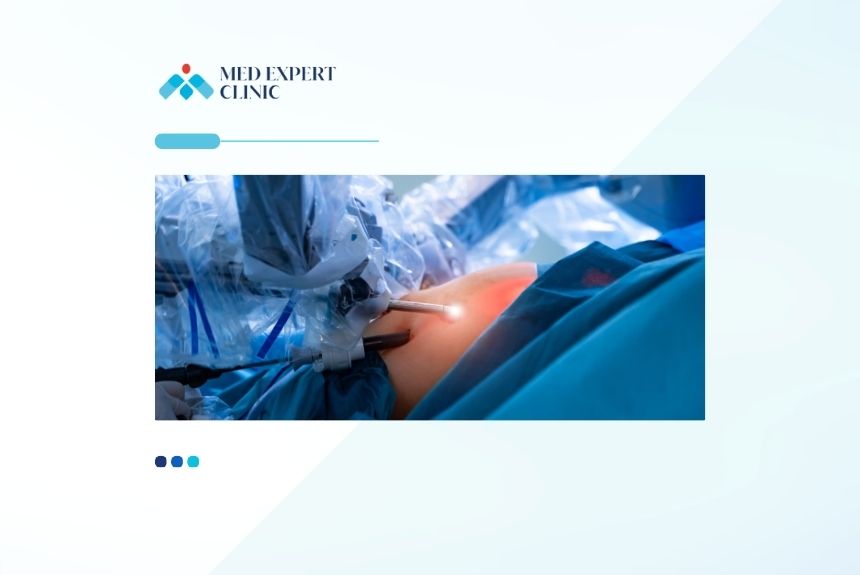
How Obesity Surgery Can Transform Your Life
Discover how obesity surgery can transform your life, from physical health improvements to emotional well-being. Learn about lifestyle changes, lasting benefits, and Med Expert Clinic’s dedicated support for a fulfilling journey.

Bariatric Surgery and Mental Health: What You Should Know
Explore the profound impact of bariatric surgery on mental health. Learn about the psychological benefits, potential challenges, and the importance of holistic support to ensure a successful recovery.
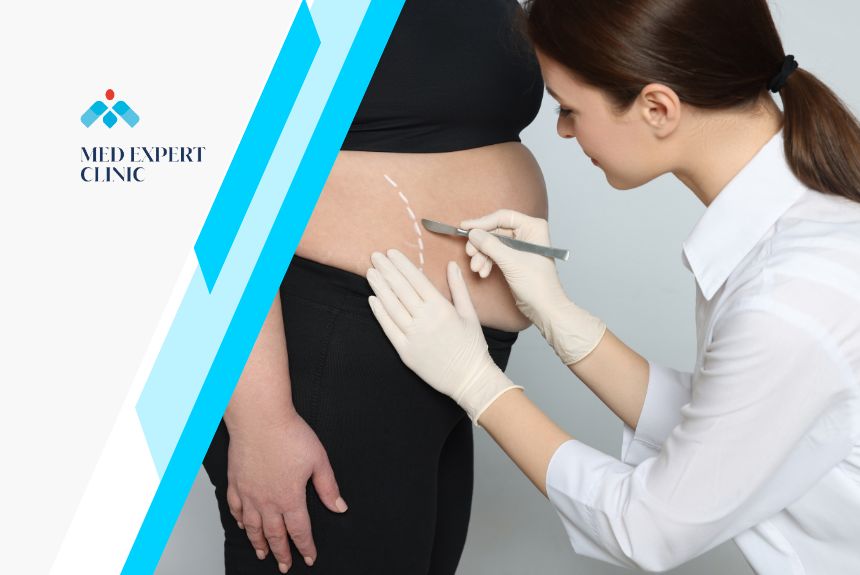
Bariatric Surgery Results: The Role of Exercise in Maximizing Success
Discover the transformative power of exercise in achieving lasting bariatric surgery results. Learn how regular workouts support weight management, enhance mental well-being, and sustain metabolic health post-surgery.
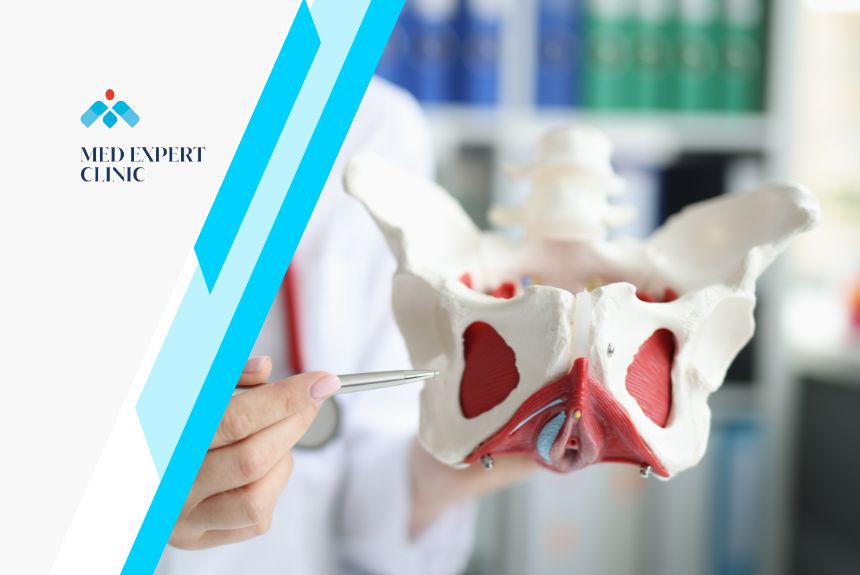
Pelvic Floor Disorders: Causes, Symptoms, and Treatments
Pelvic floor disorders impact daily life, causing discomfort and functional issues. Discover their causes, symptoms, diagnostic options, and effective treatments to regain health and well-being.


